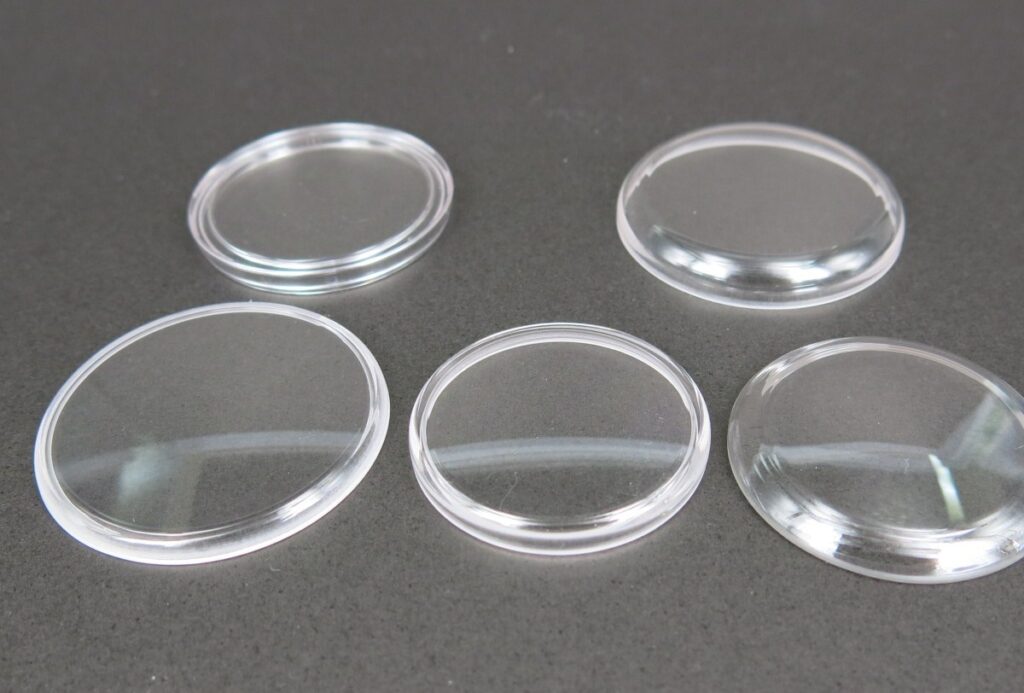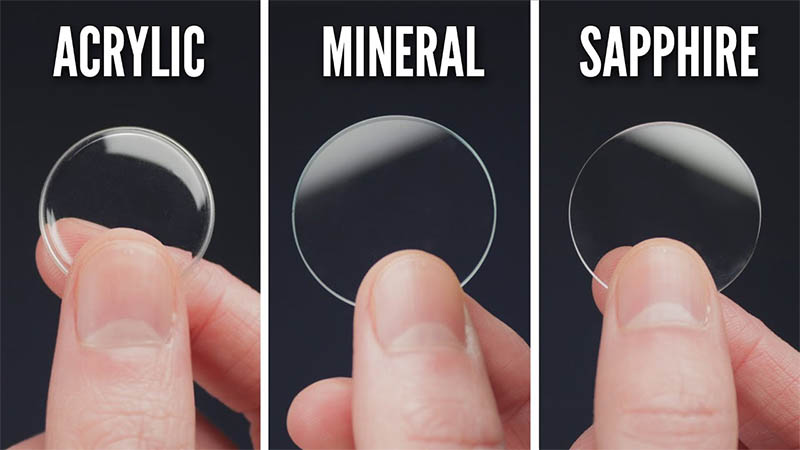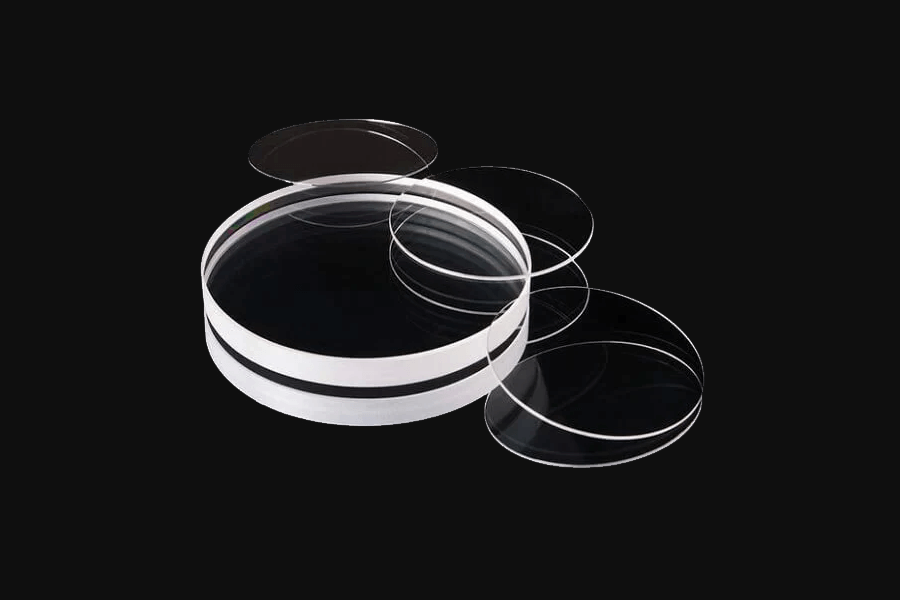In the world of watches, sapphire glass is always a top choice due to its excellent corrosion and scratch resistance, offering optimal protection for the watch face. But have you truly understood sapphire glass in the watch manufacturing industry? Join Mon Luxury in exploring more about it!
1. What is Sapphire Glass?
Sapphire glass is a premium material known for its superior quality, notably its resistance to corrosion and scratches. It is created from aluminum oxide powder (Al2O3) through the Verneuil process at a temperature of 2054°C, forming crystal blocks. These blocks are then polished and sliced with diamond-coated saws to create pieces of glass with the desired hardness and transparency.

On the Mohs scale, sapphire glass has a hardness level of 9, second only to diamonds. Theoretically, only diamonds can scratch sapphire. However, in reality, some stones with lower hardness levels, such as topaz (hardness 8) and quartz (hardness 7), can still scratch sapphire glass.
A drawback of sapphire glass is its brittleness, making it prone to shattering. Therefore, it’s essential to avoid wearing the watch during sports or vigorous activities.
2. Types of Sapphire Watch Glass
Depending on the price and structure of the watch, manufacturers choose different types of sapphire glass. There are three common types:
- Thin Coated Sapphire: A regular glass with a thin sapphire coating. It’s very brittle and prone to shattering, and the coating will wear off over time.
- Thick Coated Sapphire: Similar to thin coated sapphire but with a thicker coating, providing longer-lasting scratch resistance.
- Solid Sapphire: The best type, used in high-quality authentic watches. It offers absolute scratch resistance, good impact resistance, and high clarity and brightness.

See more: 99+ Replica Patek Philippe watch at Mon Luxury
3. How to Identify Sapphire Glass
Sapphire glass is popular and has become a standard for watch models. To avoid buying counterfeit products, use the following identification methods:
- Direct Observation: Sapphire glass is shiny, clear, and feels smooth and cool to the touch. When looking closely at the watch bezel, if you see a blue tint, it’s sapphire glass; if it’s clear, it’s regular glass.
- Water Droplet Test: Place the watch on a flat surface and drop a water droplet on the glass. If the droplet remains intact and doesn’t spread or cling to the surface, it’s genuine sapphire glass.
- Metal Test: Use a sharp metal object to scratch the glass surface. If it doesn’t scratch, it’s sapphire glass; if it shows peeling, it’s coated sapphire.

See more: 99+ Replica Rolex watch at Mon Luxury
4. Tips for Using Watches with Sapphire Glass
- Minimize impacts during use.
- Avoid wearing the watch with other jewelry.
- Store the watch in a separate case or wrap it in a soft cloth when not in use.
- If you notice cracks or small breaks in the glass, take it to an authorized service center for replacement immediately.
We hope this article provides you with useful information about sapphire glass, helping you understand it better and use your crafted watch most effectively.
👉You may also be interested in:
- Collection of knock off watches at ReplicaLuxury
- Collection of good imitation watches at DongHoRep
- Collection of imitation watches at DongHoReplica
- Collection of luxury replica watches at at ZuLiWatch
- Collection of high end watch replicas at at DWatchVN
- Collection of luxury fake watches at DHLALuxury
- Collection of imitation luxury watches at MonLuxury
- Collection of best replica watches at DWatchGlobal
- Collection of super clone watches at KingReplica
- Collection of super clone watch at DWatchLuxury





